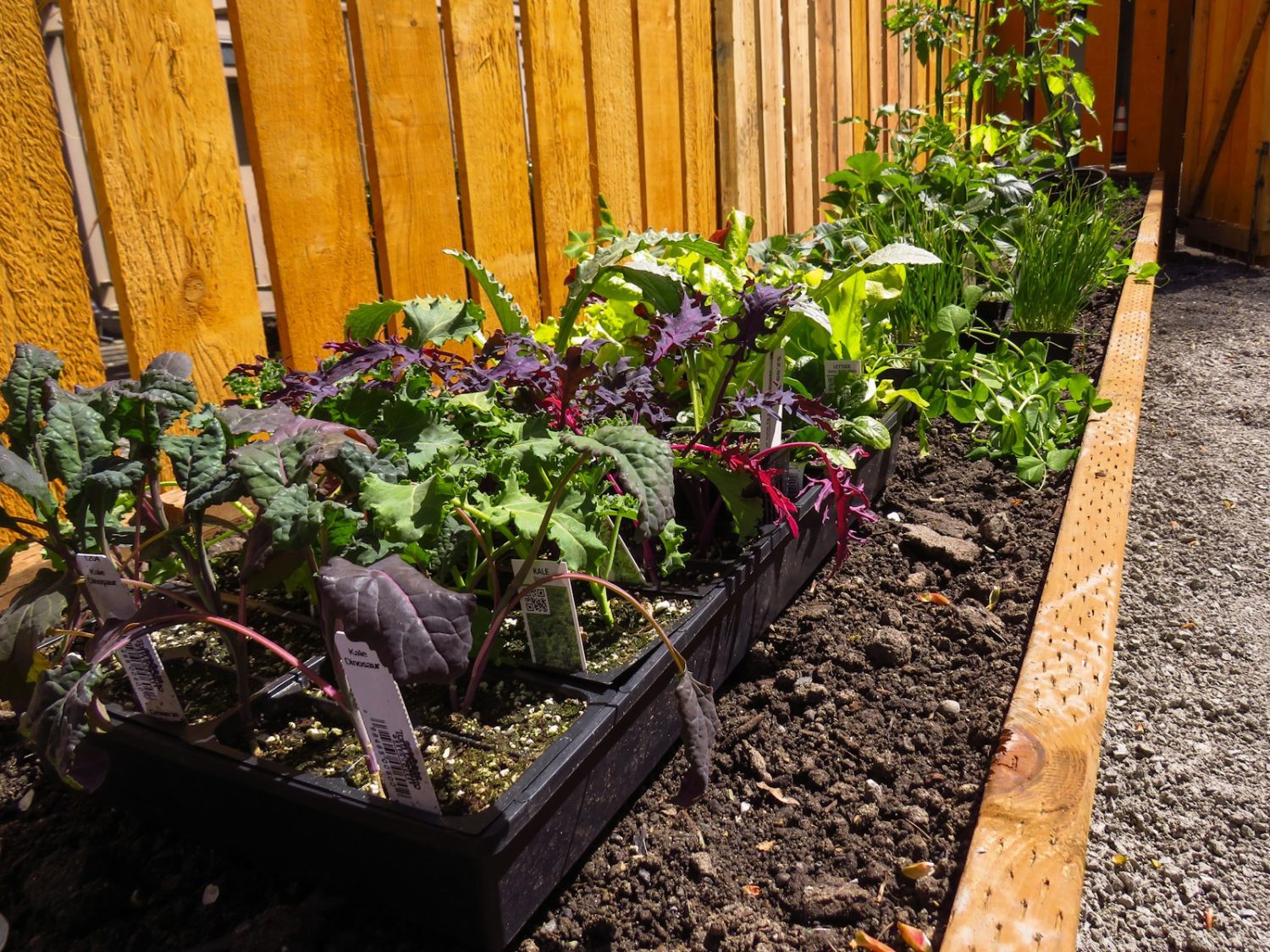How to Build a Raised Garden Bed Cheap: A Budget-Friendly Guide
A raised garden bed is one of the best ways to grow vegetables, flowers, or herbs in a controlled and healthy environment. It gives you better soil quality, easy access, and improved drainage. But many people hesitate because they think building one costs a lot. The truth is, you can create a raised bed that’s … Read more










